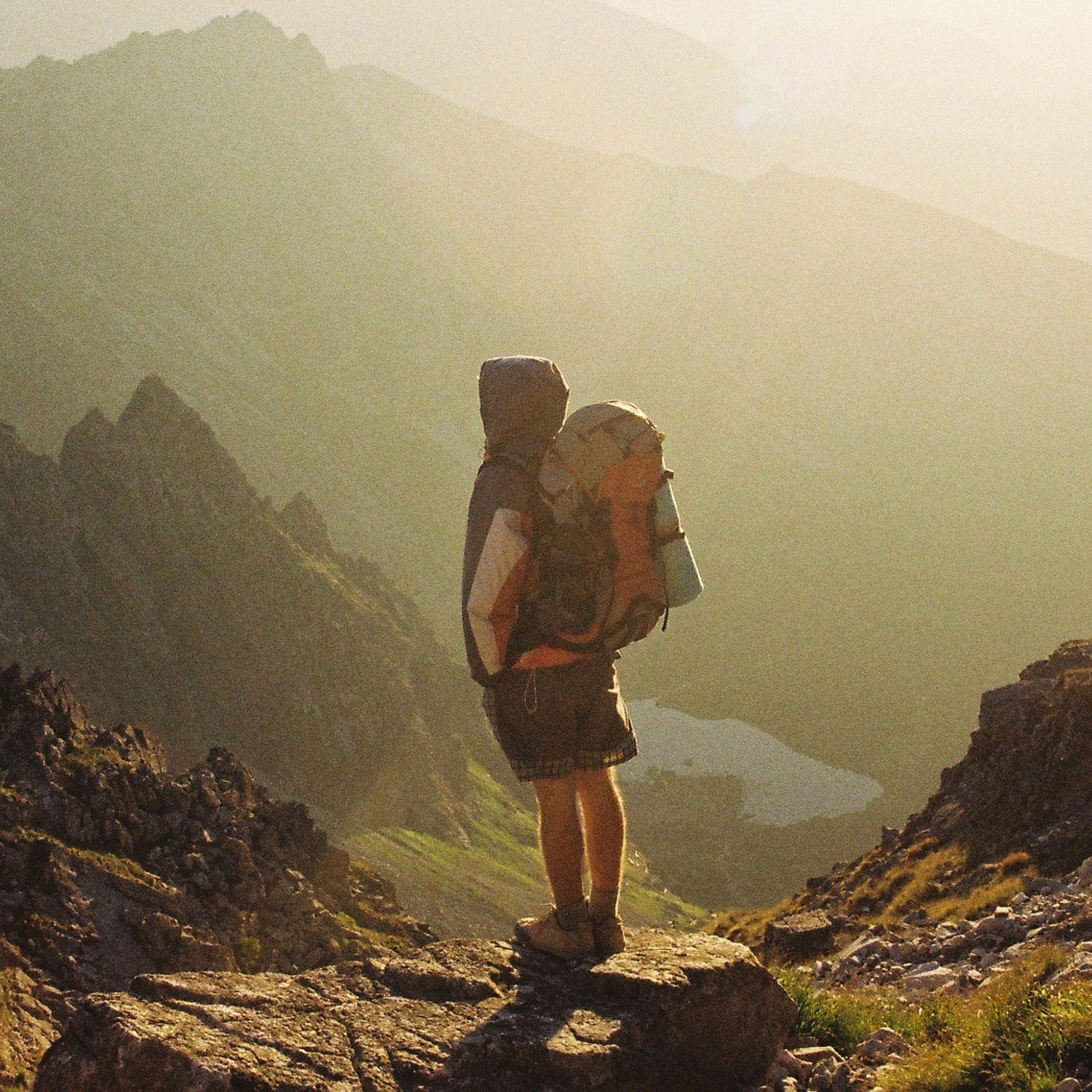I’ve never been colder in a sleeping bag than on a hike-in campout in Washington State on the beach during one summer in college. Throughout the night, it likely��never dipped below 50 degrees, but I��was sleeping in a down model��in the Pacific Northwest. The fog rolled in and soaked the bag, and I woke up freezing.��
Had I known that down and water don’t mix, I could have avoided a case of mild hypothermia. The takeaway here is simple: When you’re planning a backpacking trip, even if it’s just a one-nighter, doing some homework up front will save you major headaches when you’re on the trail. The rainy Northwest is a different experience altogether than the arid Southwest, for example, and understanding how to prepare and pack for various adventures is critical. Here are the five backpacking essentials you’ll need to take with you into the backcountry, and how to scrutinize them, starting with the ol’ sleeping bag:
1. Bag
Humidity and��rainfall are perhaps the biggest factors in choosing a sleeping bag. Down is durable—a good down bag will be a warm bag for a decade or more—but it’s pricey. Water-resistant down will prevent the goose feathers in your bag from losing their loft (and therefore, warmth) in the wet. However, synthetic bags are far better at coping with moisture and remaining warm, and when you’re battling inclement weather or humidity, synthetic is the best bet.��
2. Sleeping Pad
Try to buy the pad at the same time you buy your bag. Ideally, you want the pad and the bag to work in tandem (some come fixed together as a unit). Two reasons: The ground is hard, and rocks and roots will do mean things to your spine. Also, the ground sucks heat out of your body, so you need a buffer. Most pads use both air and foam to create a barrier your body can warm, then reflect that warmth back to you. If you’re going someplace cold, consider two layers of insulation to keep in even more heat.
3. Pack
The same considerations in picking a sleeping bag are relevant here: rainfall and humidity. Out east (and in the Pacific Northwest) you want a built-in rain cover.��If you’re hiking in the drier��West, you should be thinking about maximum cooling qualities, like a suspension system that keeps the body of the pack off your back. Go to a store and test several packs and ask the shopkeeper to weigh the pack down. Retailers like REI are experts at this.
4.��Tent
What are the conditions where you’ll set your tent down? Mud? Snow? Sand? Will it be windy or rainy? These fundamental variables should dictate what kind of tent you get. You’ll be looking at descriptors like “three-season” and “four-season,” which indicate the robustness of a tent’s respective build and whether or not the thing was designed to battle 40-mph winds. For example, a four-season rig is meant for year-round use and tends to be more durable, but also heavier and burlier. Cooler options, however, often let you remove the rainfly (the outer shell that protects against rain). This means that, on those warm summer trips when there's��nary a raincloud in sight, you can leave pieces behind and reduce weight on your back.��
Note: Always set up your tent at least once before you hit the trail—in your yard, your living room, wherever. There’s nothing worse than trying to set up a new tent on a dark, windy night.
5. Clothes
Cotton kills in the backcountry. Once it gets wet, it stays wet, which will make you cold and miserable. Instead go for synthetic or wool baselayers. The former��are lightweight and durable, while the latter has a superb warmth-to-weight ratio and will fight odors for days. Which type you choose depends on the conditions you'll be hiking in.
Also, a down vest is a critical piece of gear for warmth. It weighs almost nothing and can be compressed to fit into a gallon Ziplock bag, which will keep it dry. (More about dressing in layers here.)
These are by no means the only considerations for aspiring backpackers, but they are the key pieces that make multiday trips possible. For more detailed notes on backpacking essentials, check out our notes on footwear, packing, and how to read the weather on the go.


